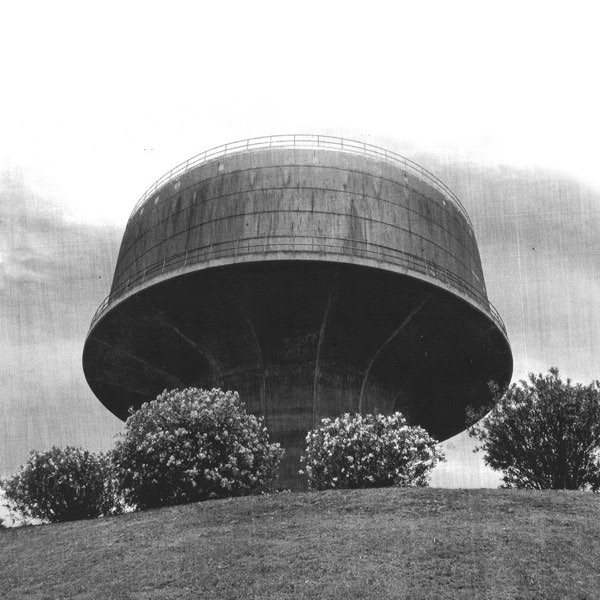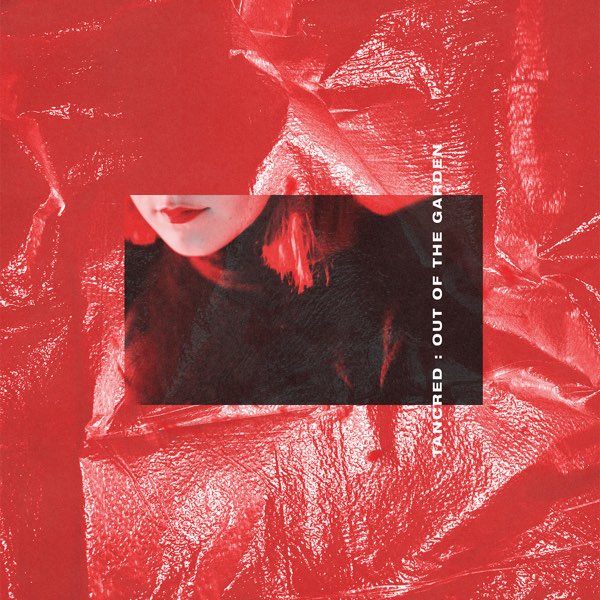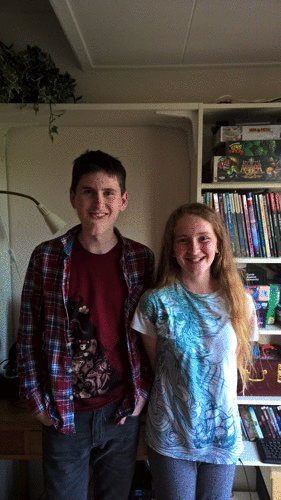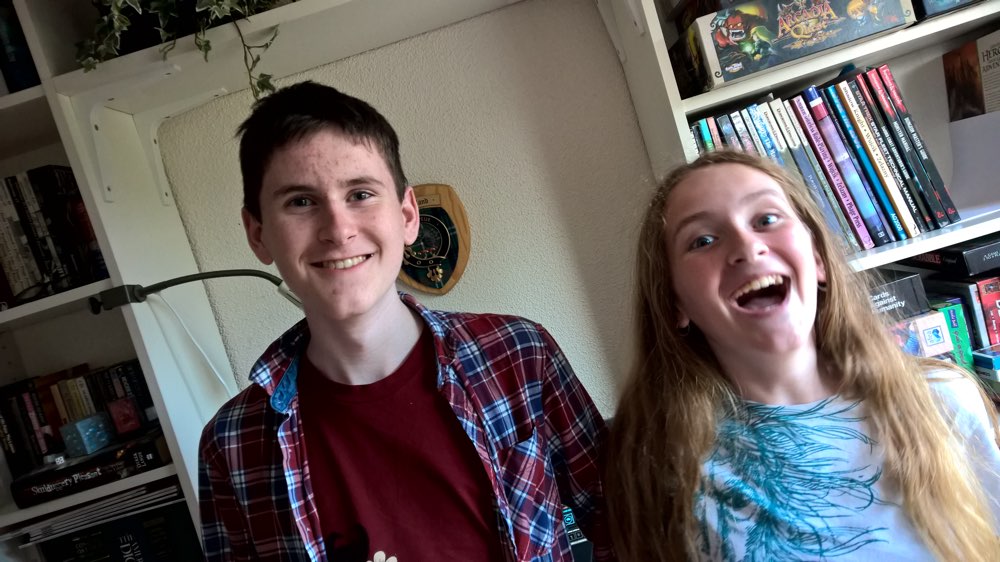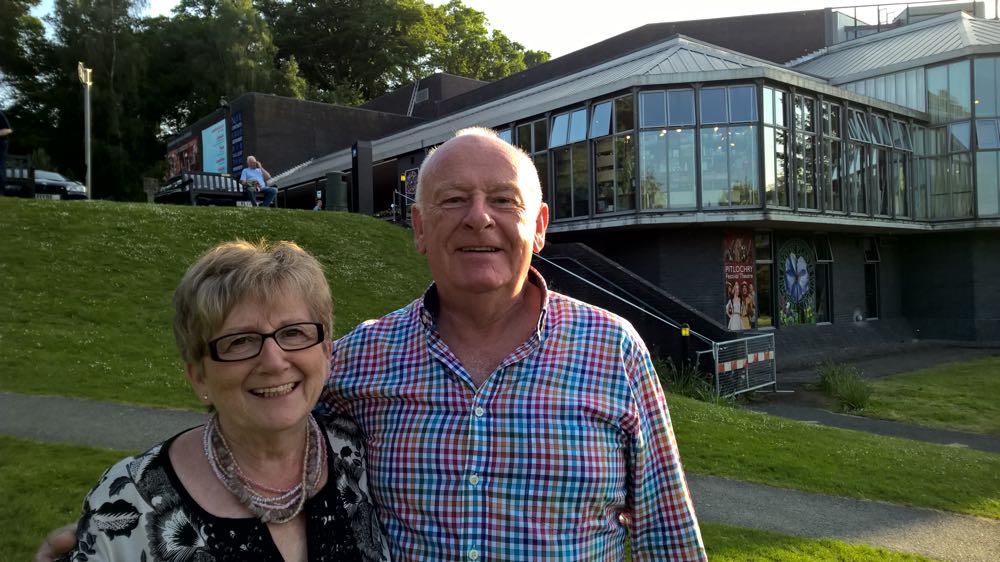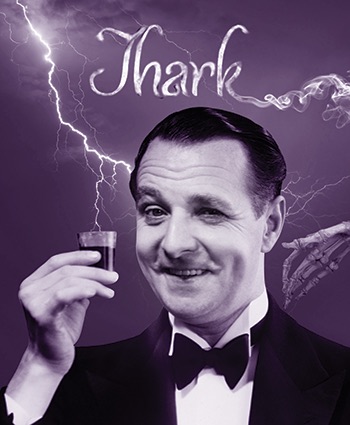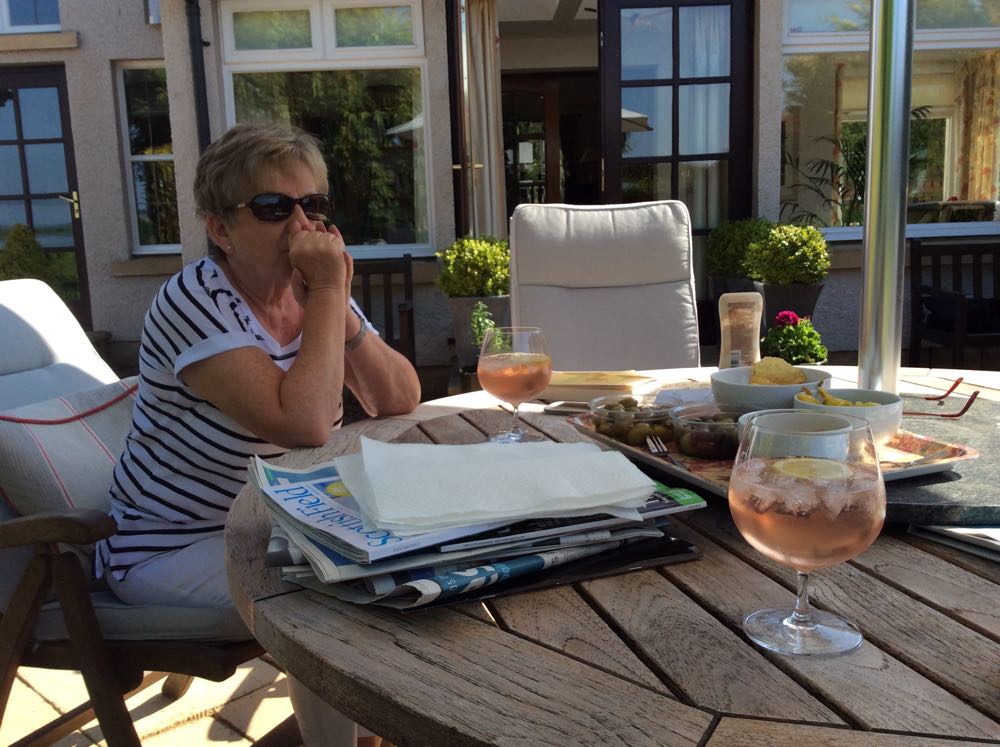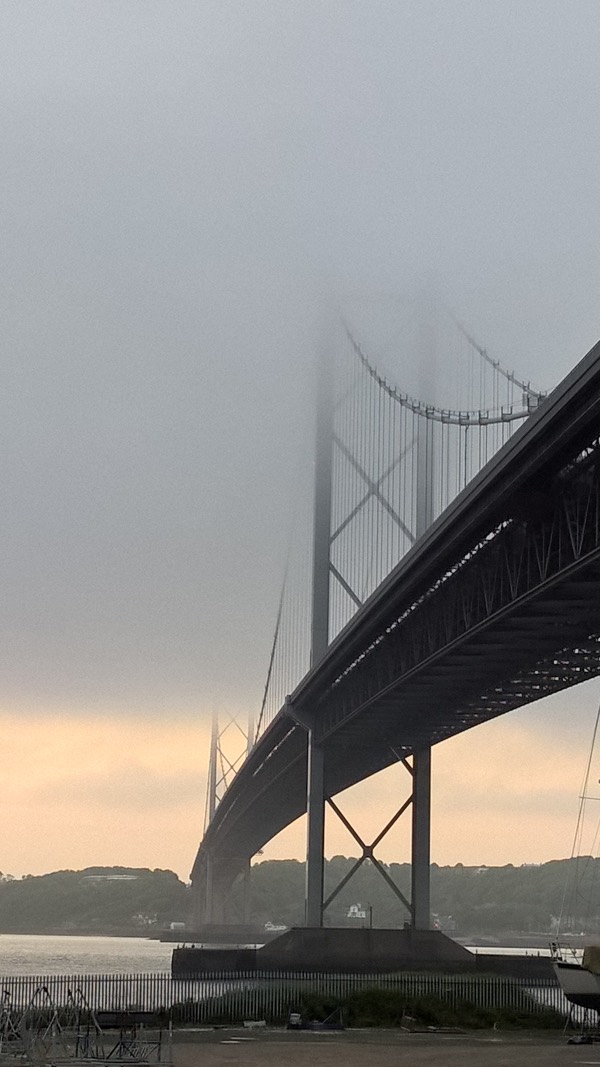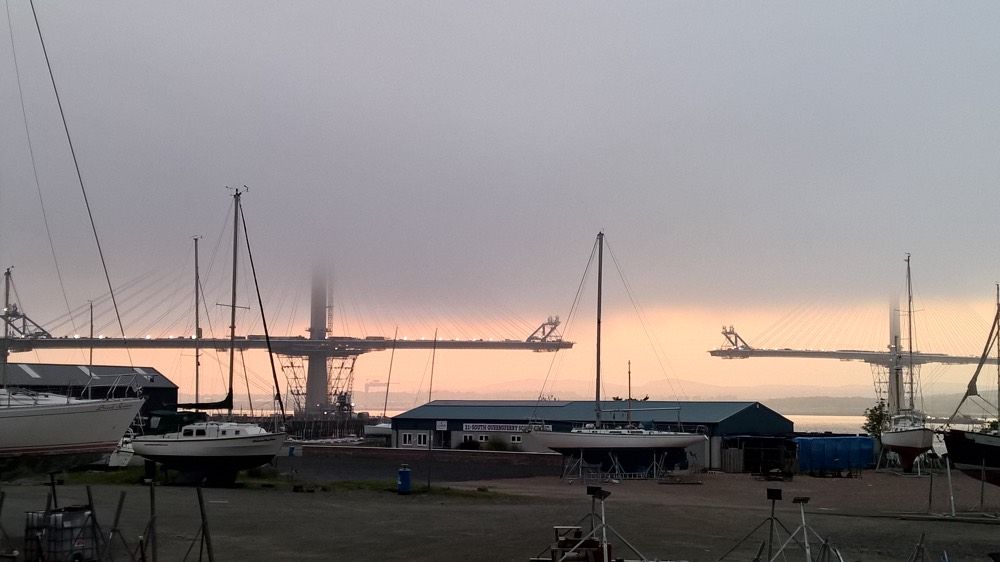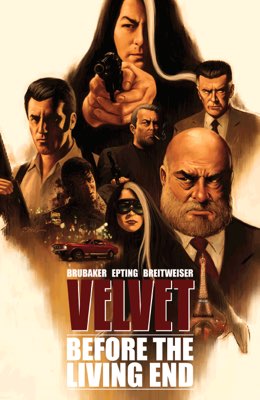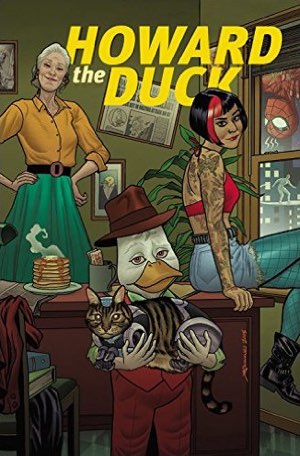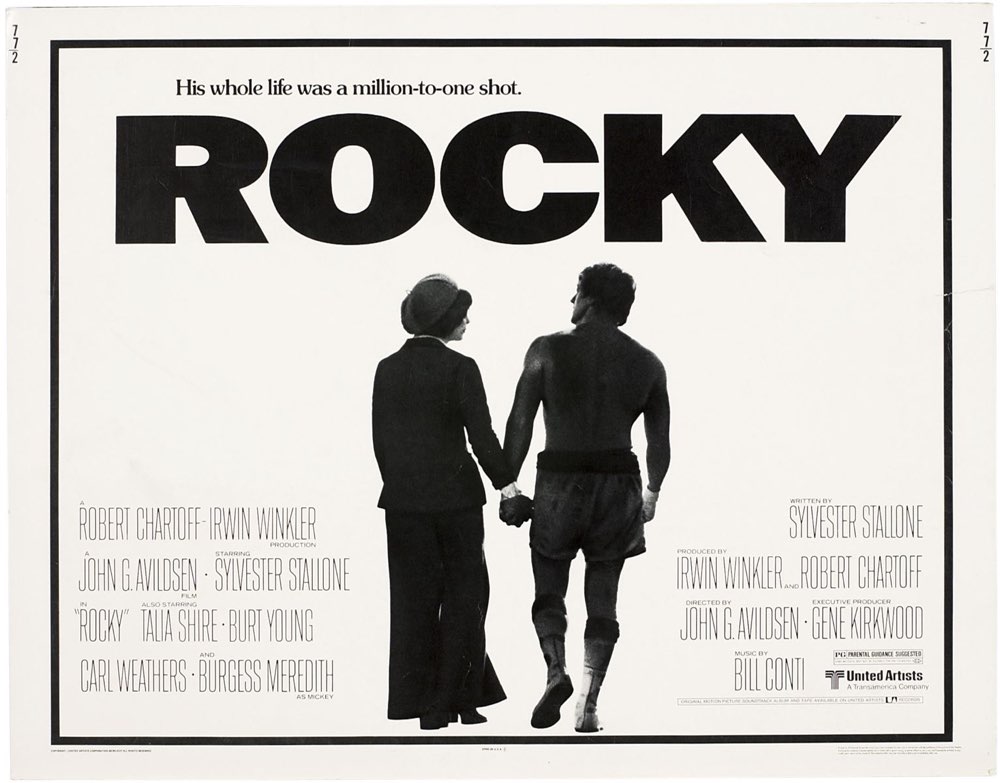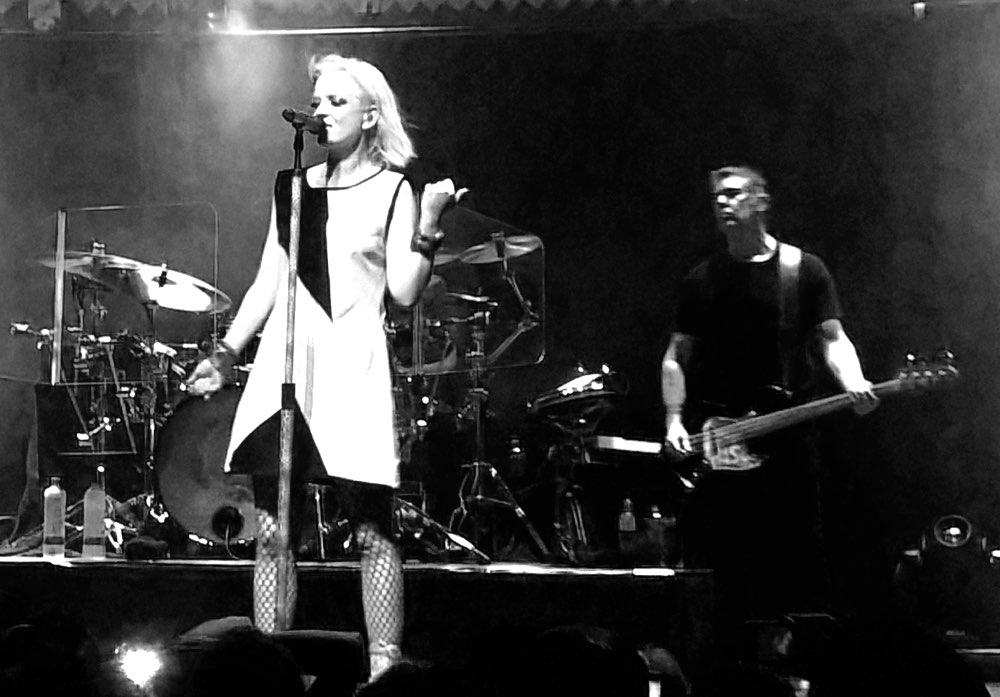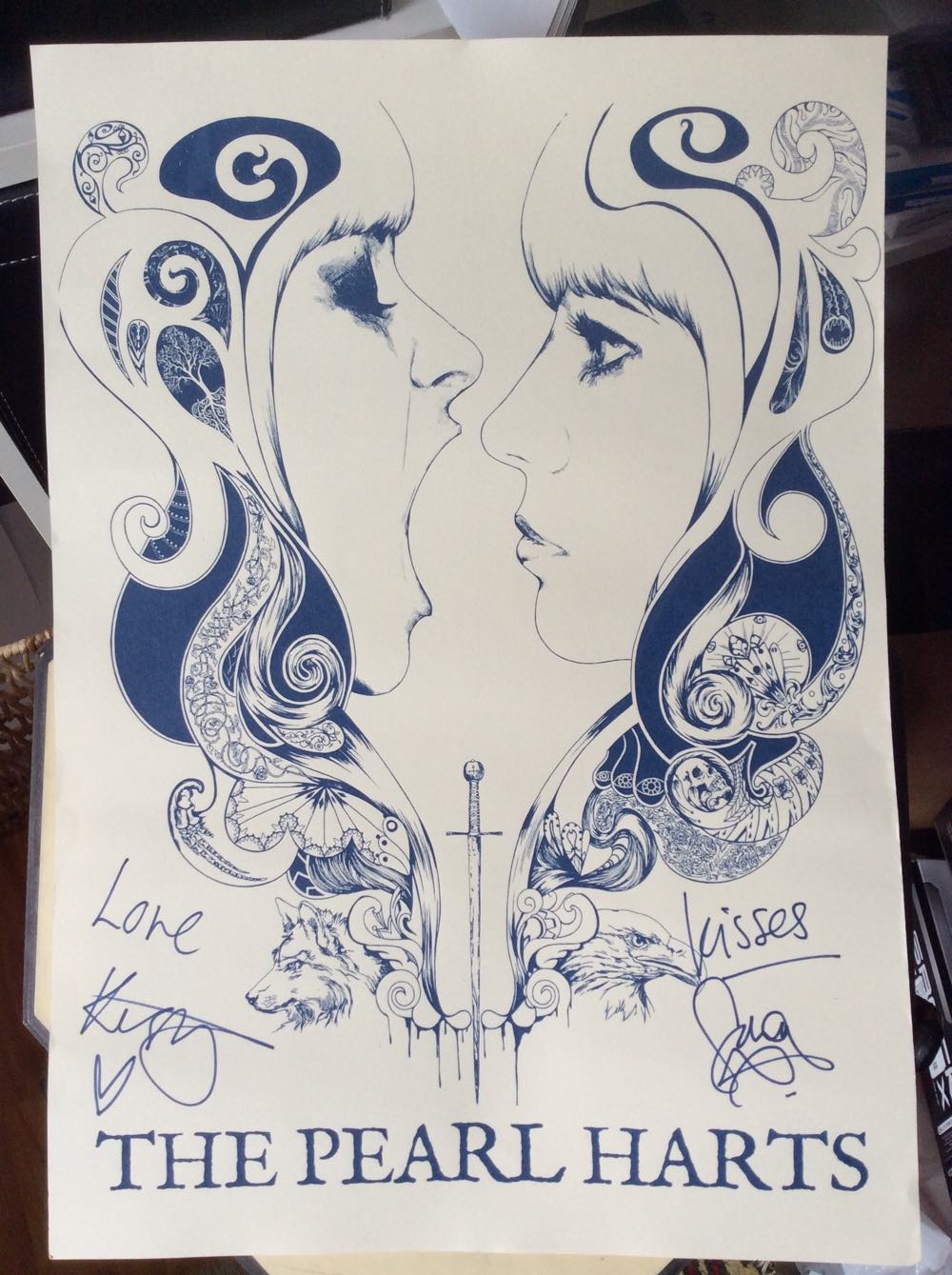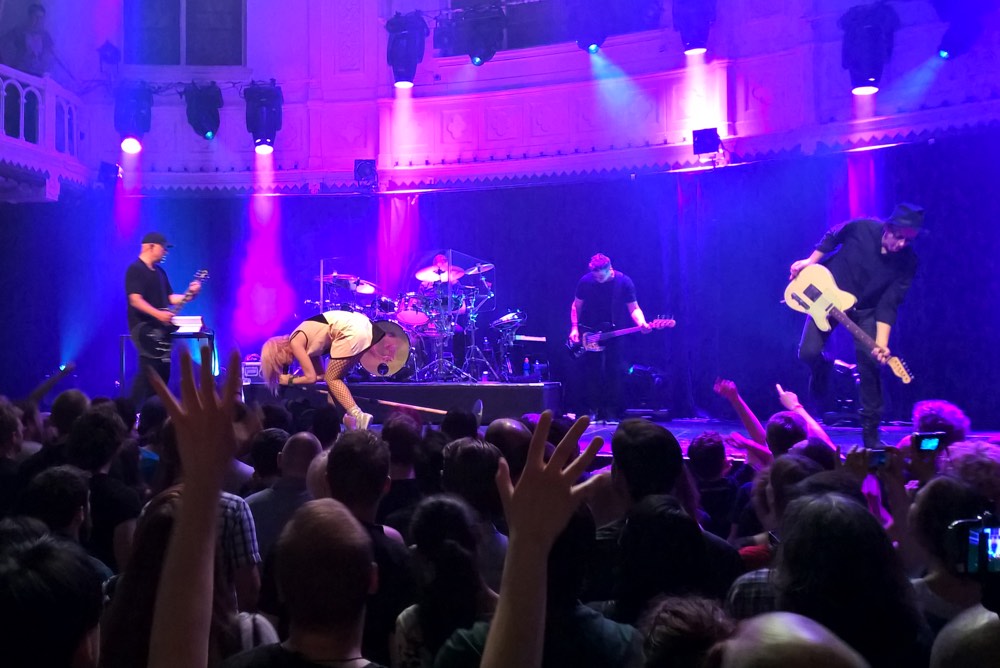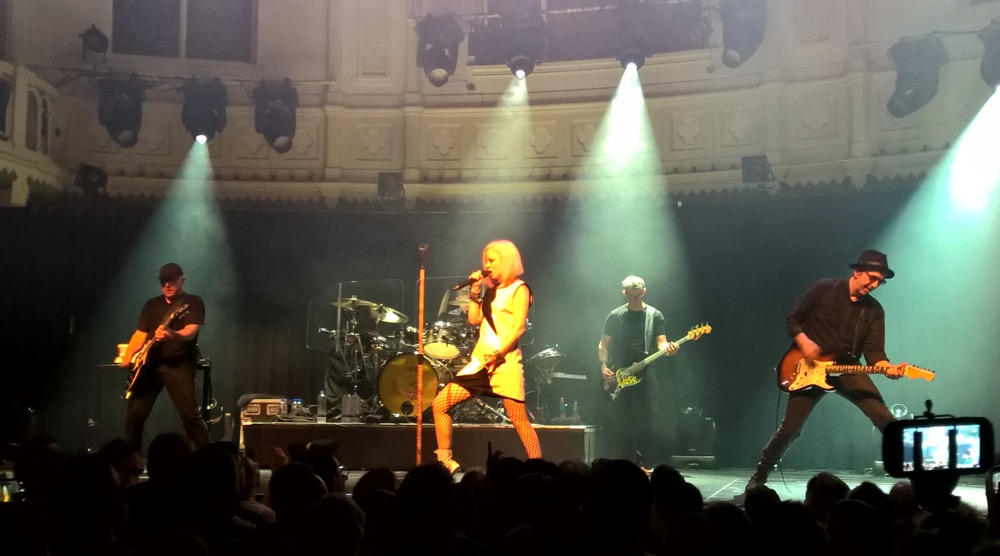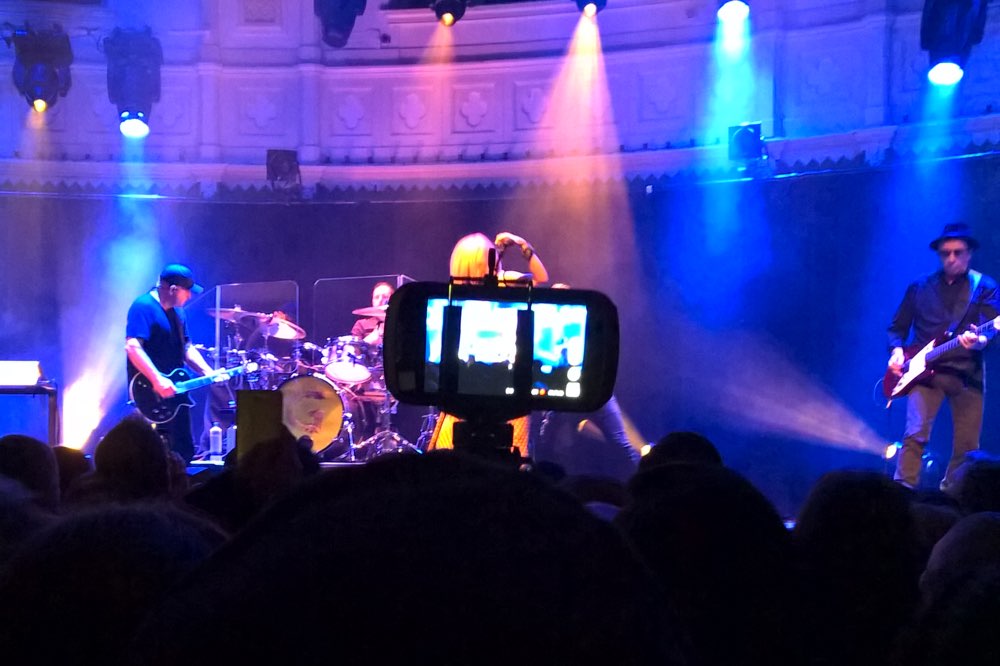
I watched Self/Less on my journey to Edinburgh last week. First of all, it stars Ryan Reynolds, and I’ll watch him in anything and everything. (Aside: I occasionally think about who would be on the guest list for my ideal dinner party. At the moment, I have standing invitations for Ryan Reynolds, Dave Grohl, Ricky Jay, Judi Dench, Shirley Manson, and Kirsty Wark. No seating plan yet.) Secondly, it’s not an action movie. The poster, showing shattering glass and a beat-up Ryan Reynolds pointing a gun, steers you in the wrong direction. It’s a piece of classic “what if?” science fiction that drops a single piece of novel technology (consciousness transferral) into the present day, and closely watches the impact that this has on the lives of a small set of characters. It spends a lot of time on the very real personal consequences of the technology, the emotions that the characters have to wrestle with, and the moral decisions they have to make.
Yes, there are a few action sequences, but that’s not where the film’s heart lies. In its editing, it makes time for dialogue that a more action-oriented film would have cut. One example that sticks with me, because it rings so true to my experiences as a parent, is when Madeline sends her young daughter Anna upstairs to play, casually calling her “baby” as she goes. Anna shouts back, “I’m not a baby.”
In a way, it reminded me of Eternal Sunshine of the Spotless Mind. Very different films, don’t get me wrong! But both of them are thoughtfully concerned with consequences in a way that your typical action/sci-fi flick is not. The characters undergo a journey, and come out changed. I liked it a lot, and I can’t quite understand how it ended up with such a poor 19%/47% rating on Rotten Tomatoes.
(In discussing the film with my colleague Duncan the following day, he pointed out that I should catch up on director Tarsem Singh’s other films, specifically The Fall and Immortals.)
On Wednesday evening after work, I happened to be walking past the Omni centre at the same time as a showing of The Nice Guys was starting. I had seen the trailer and thought that it looked fun, but that it was probably something I’d catch once it was available for streaming. The timing was just right to see it in the cinema, though, so why not. True to expectations, it was a playful lo-fi remix of buddy action movie tropes, with great on-screen chemistry between Russell Crowe and Ryan Gosling. Recommended.
On my trip back home on Friday I started watching Denis Villeneuve’s Prisoners with some trepidation. I was uneasy because the memory of Enemy is still vivid, and the gritty ambiguity of Sicario just cemented my opinion that Villeneuve is a filmmaker who is wants you to feel uncomfortable. Prisoners is on the Sicario side of the WTF scale. Two families’ lives are ripped apart when their young daughters go missing. As the police (Jake Gyllenhaal as Detective Loki) investigate, one of the fathers (Hugh Jackman) pursues a parallel obsessive quest to get them back. He doesn’t have legal procedures to adhere to. How far is he willing to go to find them before it’s too late? At the same time, the police investigation takes bizarre turns that hint at a much bigger conspiracy. The maze symbology and mentions of a serial abductor known as “The Invisible Man” made me think of Michael Marshall Smith’s Straw Men series. Just as Sicario and Enemy, it’s a film that takes its time. It lets the feeling of discomfort linger, and lets the tension rise slowly. Performances are great all round, and cinematography (courtesy of Roger Deakins, who was DP on Sicario) is perfectly matched to the gaunt and sombre atmosphere. It’s not a film I’ll go back and re-watch in a hurry, but I rate it very highly.
This week I have been mostly listening to High by Royal Headache (recommended by Andy at work), Out of the Garden by Tancred, and Area 11, whose new album is not out yet. If the single “The Contract” is a hint of what’s to come, though, I’m excited. It’s bright and catchy with a terrific Muse-like guitar intro and bridge. Looking forward to seeing them live at the Mash House in Edinburgh next month. I’ve also been ever so slightly earwormed by “Be The One” by Dua Lipa. Where by “ever so slightly” I mean “waking up with it in my head every morning for the last seven days”. Great pop song.
